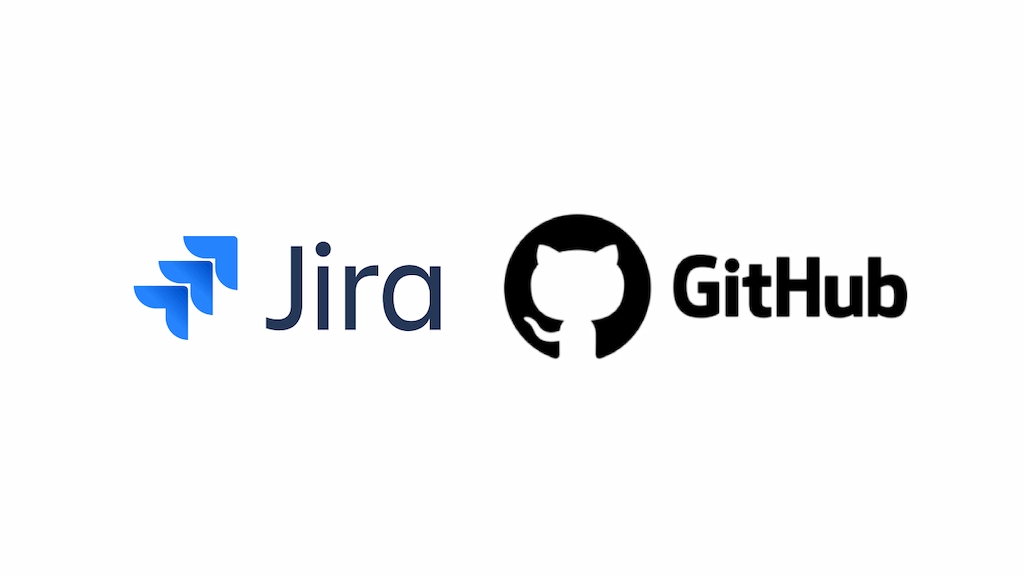Introduction
In today’s fast-paced software development environment, seamless collaboration between project management and version control systems is crucial. Integrating Jira with GitHub integration the gap between planning and execution, enhancing productivity and transparency.
Table of Contents
- Understanding Jira and GitHub
- Why Integrate Jira with GitHub?
- Benefits of Jira GitHub Integration
- Methods of Integration
- Step-by-Step Integration Guide
- Best Practices
- Common Challenges and Solutions
- Conclusion
Understanding Jira and GitHub
What is Jira?
Jira, developed by Atlassian, is a powerful project management tool widely used for issue tracking, bug tracking, and agile project management. It enables teams to plan, track, and release software efficiently.
What is GitHub?
GitHub is a web-based platform that utilizes Git for version control. It allows developers to collaborate on code, manage repositories, and track changes, facilitating efficient software development workflows.
Why Integrate Jira with GitHub?
Integrating Jira with GitHub creates a unified workflow, connecting project planning with code development. This integration ensures that every code change is linked to a corresponding task, enhancing traceability and collaboration.
Benefits of Jira GitHub Integration
1. Enhanced Traceability
Linking GitHub commits, branches, and pull requests to Jira issues provides a clear audit trail, making it easier to track the progress and history of tasks.
2. Improved Collaboration
Teams can work more cohesively, with developers and project managers accessing relevant information without switching between platforms.
3. Automated Workflows
Automating status updates in Jira based on GitHub activities reduces manual efforts and minimizes errors.
4. Real-Time Updates
Changes in GitHub are reflected in Jira in real-time, ensuring that all stakeholders are informed about the current state of development.
5. Streamlined Development Process
By integrating these tools, teams can streamline their development processes, leading to faster delivery and higher quality products.
Methods of Integration
1. GitHub for Jira App
Atlassian offers the “GitHub for Jira” app, which provides a seamless integration between Jira and GitHub, allowing users to view development information directly within Jira issues.
2. Third-Party Integration Tools
Tools like Exalate and Unito offer advanced integration features, including bi-directional synchronization and customizable workflows.
3. Custom API Integrations
For teams with specific requirements, custom integrations using Jira and GitHub APIs can be developed to tailor the integration to their unique workflows.
Step-by-Step Integration Guide
Using GitHub for Jira App
- Install the App:
- Navigate to the Atlassian Marketplace and search for “GitHub for Jira.”
- Click “Install” to add the app to your Jira instance.
- Connect GitHub Account:
- In Jira, go to “Apps” > “GitHub for Jira.”
- Click “Connect GitHub organization” and follow the prompts to authorize access.
- Configure Settings:
- Select the repositories to link.
- Set up synchronization preferences, such as linking commits and pull requests to Jira issues.
Using Exalate
- Install Exalate:
- Install Exalate on both Jira and GitHub platforms.
- Create a Connection:
- In Exalate, initiate a connection between Jira and GitHub.
- Configure Synchronization Rules:
- Define what data to sync and set up filters to control the flow of information.
- Test the Integration:
- Perform test syncs to ensure the integration works as expected.
Best Practices
1. Use Clear Commit Messages
Include Jira issue keys in commit messages to ensure proper linking between commits and issues.
2. Regularly Monitor Integration
Keep an eye on the integration to promptly address any synchronization issues or errors.
3. Train Team Members
Ensure that all team members understand how the integration works and how to utilize it effectively.
4. Maintain Security Standards
Regularly review permissions and access controls to maintain the security of both Jira and GitHub platforms.
Common Challenges and Solutions
Challenge: Synchronization Delays
Solution: Ensure that webhooks are properly configured and that there are no network issues causing delays.
Challenge: Data Inconsistencies
Solution: Regularly audit the data synchronization rules and logs to identify and rectify inconsistencies.
Challenge: Access Control Conflicts
Solution: Align user permissions across both platforms to prevent unauthorized access or conflicts.
Conclusion
Integrating Jira with GitHub is a strategic move that enhances collaboration, improves traceability, and streamlines the software development process. By following best practices and addressing potential challenges proactively, teams can maximize the benefits of this integration.






